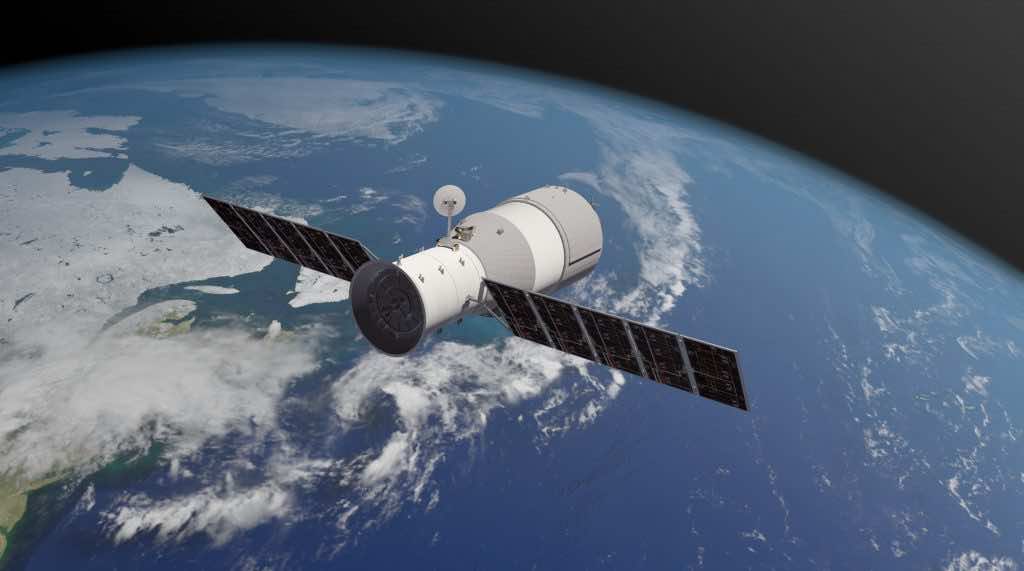China is putting forth a lot of effort to be one of the world’s main space superpowers. The country has just recently sent its first space probes to the Moon and Mars, as well as its own spaceship. The country’s space agency is now attempting to enter the competition to identify habitable exoplanets. The project will search the Milky Way for exoplanets, planets outside our Solar System with the objective of discovering an Earth-like planet around its Sun’s habitable zone. Scientists think that such a planet might have excellent conditions for development. As a result, scientists are preparing a trip to search for exoplanets outside our planetary system. An exoplanet in the Milky Way galaxy that is in the habitable zone of its star may be usually the best option.
According to a study in Nature, the Chinese Academy of Sciences has conceptualized Earth 2.0, which is now in the design process. The idea is slated to go under the ax in June when a panel of specialists reviews the planned mission, and if approved, the phase of development will begin, bringing in financing to begin the satellite’s building project. The telescope will search for exoplanets out in orbit, beyond our planetary system, in the hopes of discovering the chemical markers that spark life. As per the source, the project would be outfitted with seven telescopes that will survey an area of sky comparable to what the Kepler mission discovered.
“The Kepler area is low-hanging fruit since we have really strong data therefrom,” Jian Ge, Earth 2.0’s chief astronomer, said in a release. In terms of sky-surveying capability, our spacecraft has the potential to be 10-15 times more effective than NASA’s Kepler telescope.” According to the report, “telescopes will seek for exoplanets by sensing slight fluctuations in the luminosity of a star that suggest that a planet has crossed on the front of it.” Six of the seven telescopes will investigate 1.2 million stars over a 500-square-degree area of sky. Earth 2.0 will be equipped to see some more stars and galaxies than NASA’s Transiting Exoplanet Survey Satellite (TESS), which only sees brilliant stars close to Earth. The Chinese scientists aim to discover at least twelve Earth 2.0 planets during the first few years of its existence.

